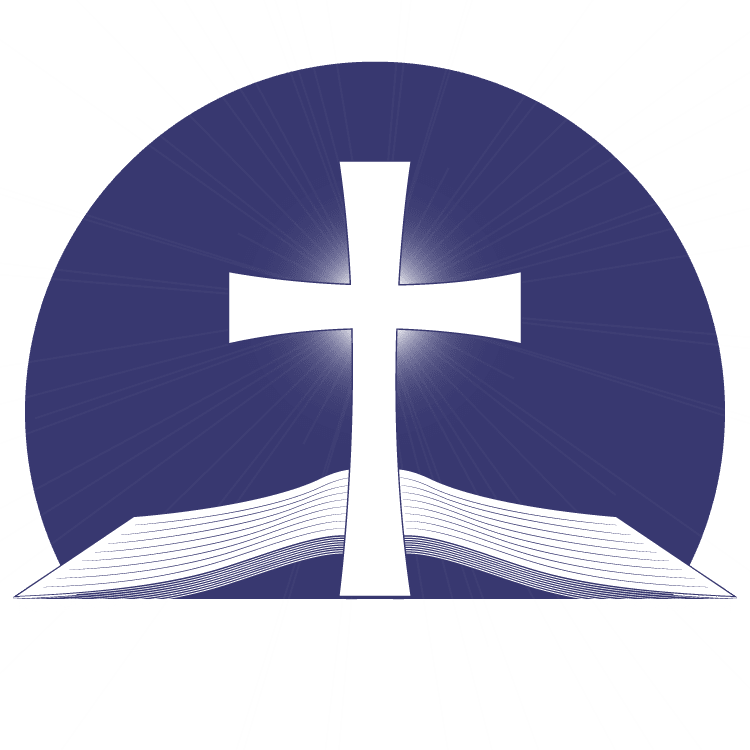At 6:00 PM, Saturday became Sunday, the 10th of Nisan, four days before the Passover, and the next morning, as Jesus left Bethany to go to Jerusalem again, He walked over to a fig tree to see if it had any fruit, but He only found leaves, for it was not the season for the figs to be ripe.
-
- Jesus cursed that fig tree and said: “May no one ever eat fruit from you again.”
- Now the disciples didn’t get the meaning of that until Jesus entered the temple, and drove out those who were buying and selling the sacrifices, and overturned the tables of those who were exchanging the money for profit. Jesus said to them: “Is it not written my house shall be a house of prayer for all nations? But you have made it a den of thieves and robbers.”
- This solidified the decision of the chief priests to kill Jesus, but they didn’t know how they were going to do it or when.
During the day, some Greeks came to see Jesus, but there is no indication that they actually saw Him.
- Jesus simply sent them word that the hour had come for Him to be glorified, and He included that often quoted phrase: “Unless a grain of wheat falls into the earth and dies, it remains alone. But if it dies, it bears much fruit.”
- Jesus was speaking of Himself; He was the grain that had to die and be multiplied.
- He had to suffer death through the unbelief of the Jews, to be multiplied and become the Savior of many nations, including the Greeks!
- Jesus became troubled and cried out, “What shall I say, Father, save Me from this hour? But for this purpose, I came to this hour. Father, glorify Your name. A voice came out of heaven, saying, “I have both glorified it and will glorify it again.”
The crowd heard that voice, but Jesus assured them the voice was not for His sake but for theirs, for God’s judgment was about to be released upon the world: He would be lifted up, but in doing so, He would draw all men unto Himself.
After Jesus spoke these things, He hid from the crowds and cried again – He had given them so many signs, so many miracles, yet they still did not believe He was the Savior sent from God.
-
- As sunset approached, Jesus and the disciples returned to Bethany for the night, which leads us to Monday, the 11th of Nisan – three days before Passover.
- The next morning, as they were going back to Jerusalem, they saw the fig tree Jesus had cursed was withered from the roots up, and the lights came on in their minds.
- Cursing the fig tree was a “sign act” of why Jesus had cleansed the temple!
- God was judging the Jewish Religion for not bearing the fruit of righteousness as it should have.
- In A.D. 70, the city of Jerusalem, including the temple, was totally destroyed.
- The few thousand Jews that survived were scattered over the world, and the Jewish sacrificial system of worship ceased.
- While there will be a temple built during the time of the Tribulation and then desecrated by the antichrist, the next true Temple will not be built in Jerusalem until Jesus comes again as the King of Kings and Lord of Lords.
So, during the day on Monday, Jesus taught the disciples and others that gathered around Him, at the Mount of Olives, including the Scribes and Pharisees who were watching Him and listening to Him, trying to catch Him saying something they could use against Him.
-
- In Matthew 21-25, Mark 11-13, and Luke 20-21, Jesus taught the people using parables.
- He described what He had been sent to do and how He was being rejected by the very ones He had been sent to save.
- He also taught the people using prophecy.
- He warned people of the judgment to come and how they should prepare for that judgment.
- This type of teaching brought Jesus’ public ministry to a close.
- He spent the rest of His time with the disciples, preparing them for His departure.
